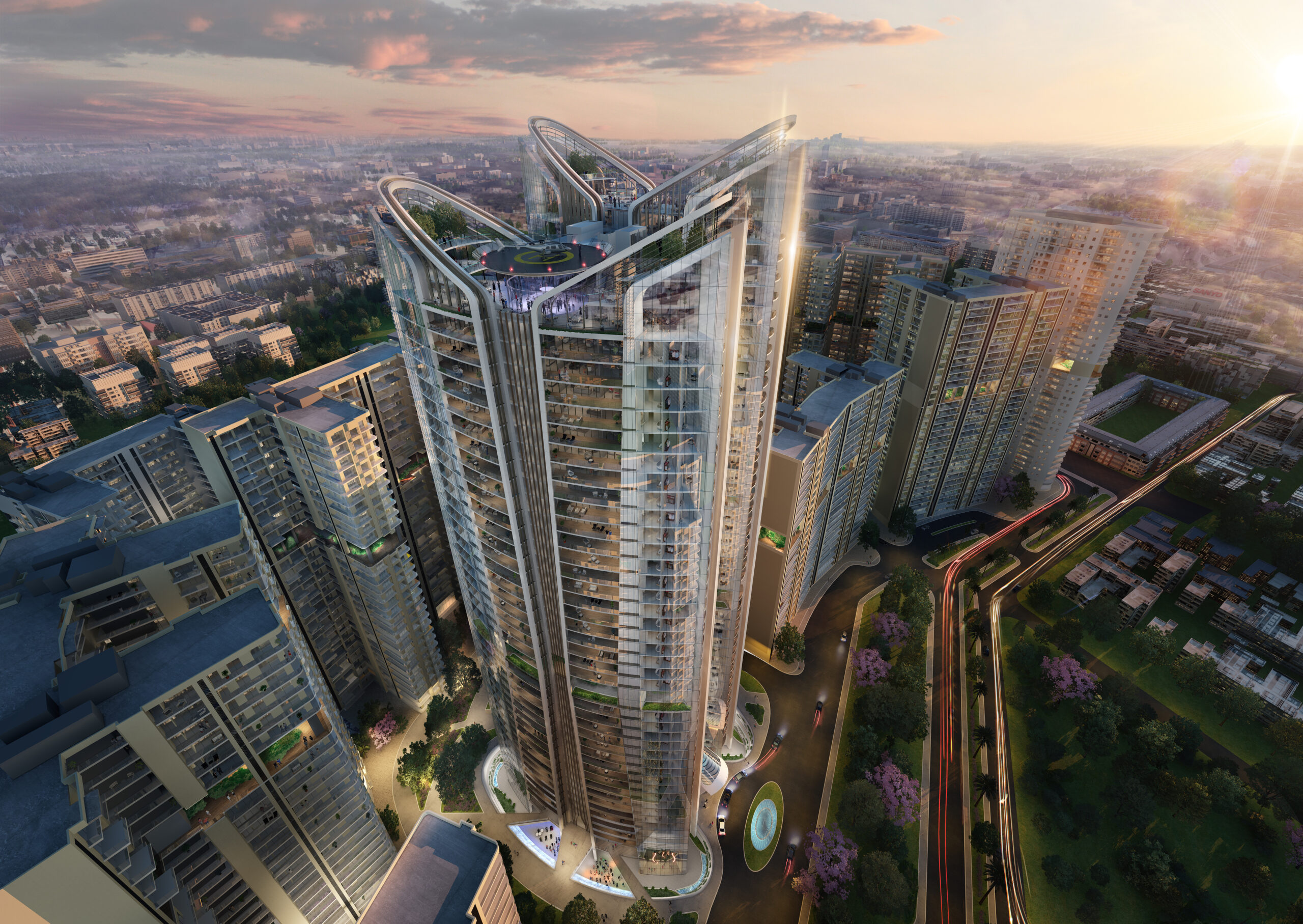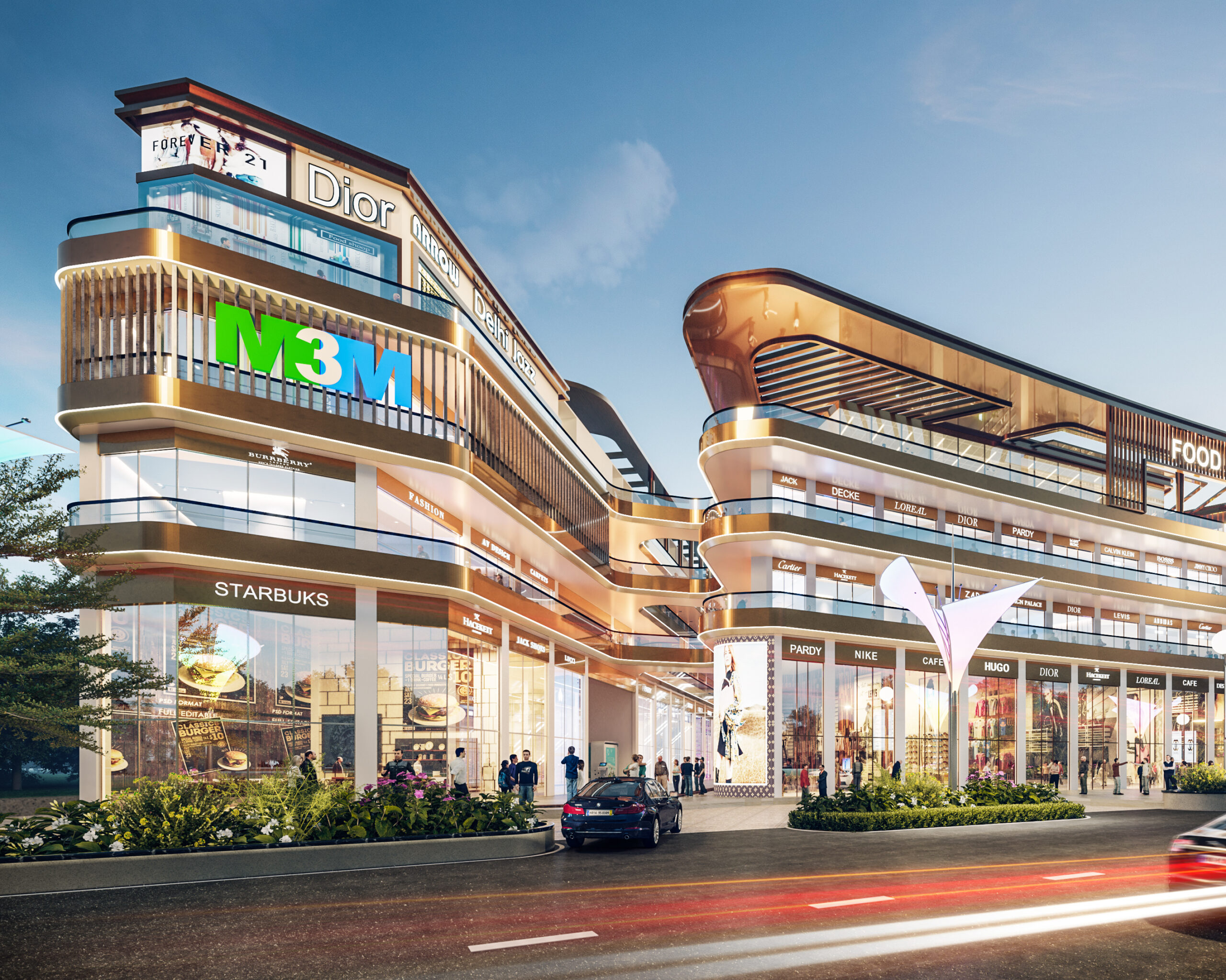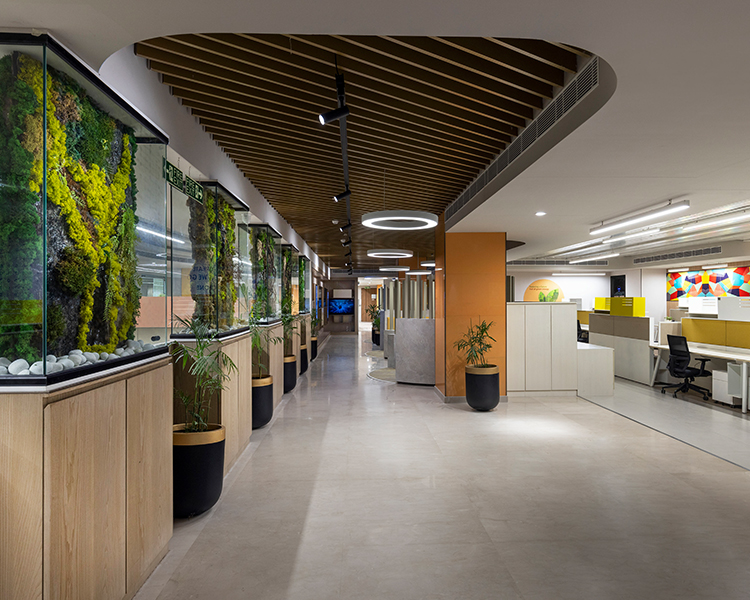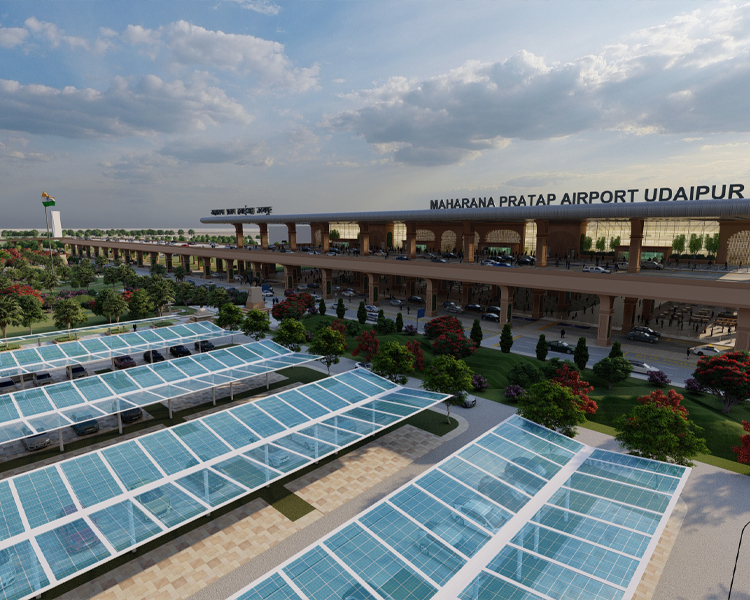The Evolution of Residential Architecture: From Traditional to Contemporary Designs

Residential architecture, especially within the context of India, has undergone a profound transformation over the centuries, shaped by cultural shifts, population growth, and technological advancements. For architects working on contemporary housing projects, understanding this evolution is key to designing spaces that balance traditional best practices with the needs of modern citizens.
Historically, Indian residential architecture was deeply rooted in vernacular traditions. In rural areas, homes were often made from locally sourced materials and designed to adapt to climatic conditions. For example, courtyard houses were typical across regions, promoting natural ventilation and fostering a sense of community. These homes were climate-responsive and reflected the social structure, with extended families living together in multi-generational units.
As cities expanded in the 19th and 20th centuries, urban residential architecture began to evolve, particularly under the influence of British colonial rule. The introduction of bungalows, apartment blocks, and row houses marked a departure from traditional layouts, bringing in more compartmentalised living spaces. The focus shifted toward individual nuclear families, particularly in burgeoning urban centres like Mumbai, Delhi, and Kolkata.
Post-independence, India’s rapid urbanisation accelerated the shift from traditional to contemporary housing typologies. By the late 20th century, large-scale housing developments and high-rise apartments began to dominate the urban landscape. The government’s push for public housing and schemes like DDA flats in Delhi or MHADA projects in Mumbai saw a surge in standardised residential typologies. This era marked the beginning of modern housing characterised by efficiency, density, and affordability, albeit often at the cost of the rich cultural context seen in earlier designs.
In contemporary times, the approach to residential architecture has shifted yet again. There is a growing demand for sustainable, community-oriented housing that reflects the diverse lifestyles of India’s urban population. Architects and developers are now focusing on integrating green building technologies, mixed-use developments, and flexible spaces that cater to modern living while being mindful of the environment. Large-scale housing projects today are increasingly designed with sustainability, energy efficiency, and public amenities in mind.
As the industry moves forward, the challenge lies in creating residential environments that respect the past, respond to present needs, and remain adaptable for the future. The evolution of residential architecture in India tells a story of adaptation, innovation, and resilience.




